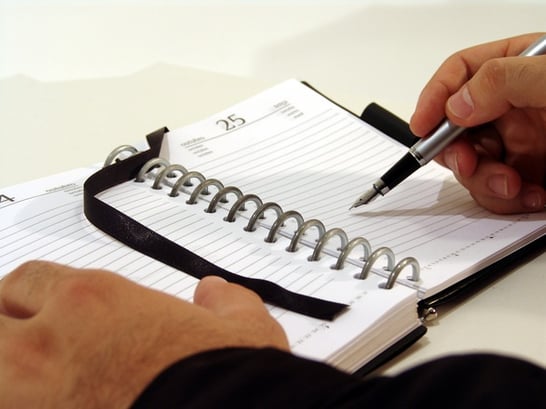This is the second post in our year-long series about the best ways to work with your Owner's Representative. You can view all of the series posts here.
Logically the proper project organization will depend upon the size and complexity of the project. One thing that will never change is the need for there to be one key leader for the Owner on the project.
We noted in our first blog of 2017 one of the key findings of research into failed projects is, “Leadership from Owners needed to increase and there is a need for a strong Owner's representative’s presence.” Whether it is a single individual as the sole representative for the Owner of the project or he/she is the leader of a group of individuals representing the Owner of the project singularly or collectively they must be competent to lead the project from concept to completion. The Owner’s Representative(s) must have the ability, authority and responsibility to execute the requirements of the Owner on the project. This starts with a clear vision for what the finished project will be and the ability to detail that vision to all other stakeholders in the Project. This starts with the development of strong contracts for the Designer(s), Contractor(s) and any other entity necessary for the successful completion of the project.
Collectively the Owner’s Representative team needs have the skill set capable of taking a project from concept to completion, ensuring that the best interests of the Owner are maintained. This team may be totally in-house (employed by the Owner), totally out-sourced (contracted Owner’s Representative) or a mixture. On larger projects there could be multiple tiers of representatives each responsible for a different area of the project or for different scopes. It will be critical for the individual who is in charge of representing the Owner, overall on the project, to detail the job functions of the individuals assigned to the project regardless of which of the three scenarios detailed above are utilized.
 The roles that need to be addressed on any project include the following:
The roles that need to be addressed on any project include the following:
- Overall Management of Contracts – This needs to be done in a detailed systematic approach to ensure adherence to the Contract. As any good construction attorney will alert you, if the Owner’s Representative(s) allows latitude in variation to the terms and conditions of the contract this could redefine the contract so the first rule for good Owner’s Representative employees is strict adherence to the contract. This will also include development and management of RFI processes.
- Management of Information – On any project there will be a large amount of information that needs to be carefully managed. This requires putting in place a data management system which, in most projects today, is a cloud based project management system. Good Owner’s Representatives should have a strong understanding and skill to manage information on projects. Information includes cost and schedule management tools to keep everyone on task towards the goals of the project.
- Oversight of Design – Poor design is the Achilles heel of a construction project. While the Owner’s Representative is not expected to handle design management they should be able to clearly track the design process to help ensure the Owner gets a design that will achieve the Owner’s vision and can be built within the budget.
- Oversight of Construction and overall coordination – Many times the Owner has existing properties that abut the current work. The Contractor will be focused on managing their site. Someone from the Owner’s Representative team needs to provide overall coordination. This individual(s) should also track the schedule status on the project to put the Contractor on notice should they fall behind schedule.
- Inspection of Work in Place – It is critical that there be oversight of the quality of the work in place. This could be done by an outside agent who has the facilities to perform the tests to confirm the work is adequate and meets the standards of the design specifications and code compliant; or it could be individual(s) on the team that performs inspections or coordinates the outside agent. The key is that the Owner’s Representative must put in place some type of quality oversight to track that a project is meeting the quality standards set forth in the design to meet the vision of the Owner.
The organization necessary to achieve these goals as noted before will vary based upon the complexity and size of the project but in general the Owner’s Representative team should have a strong Project Manager supported by Assistant Managers, Contract Administrators, Construction Managers and Inspectors to lead the project to a successful completion.


 The roles that need to be addressed on any project include the following:
The roles that need to be addressed on any project include the following:
